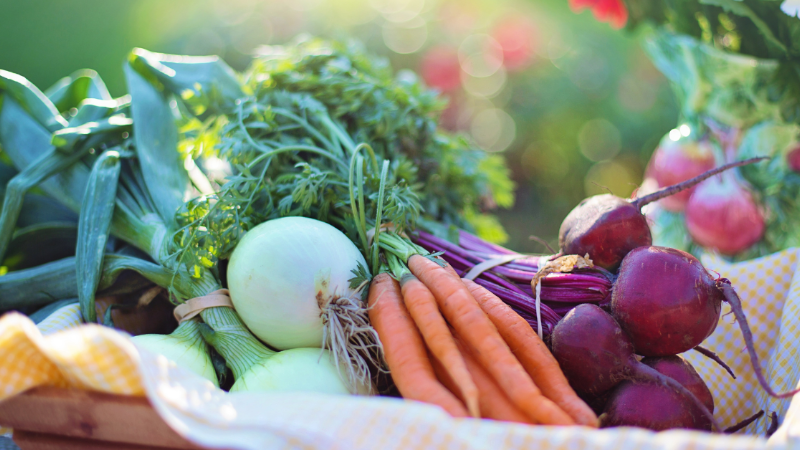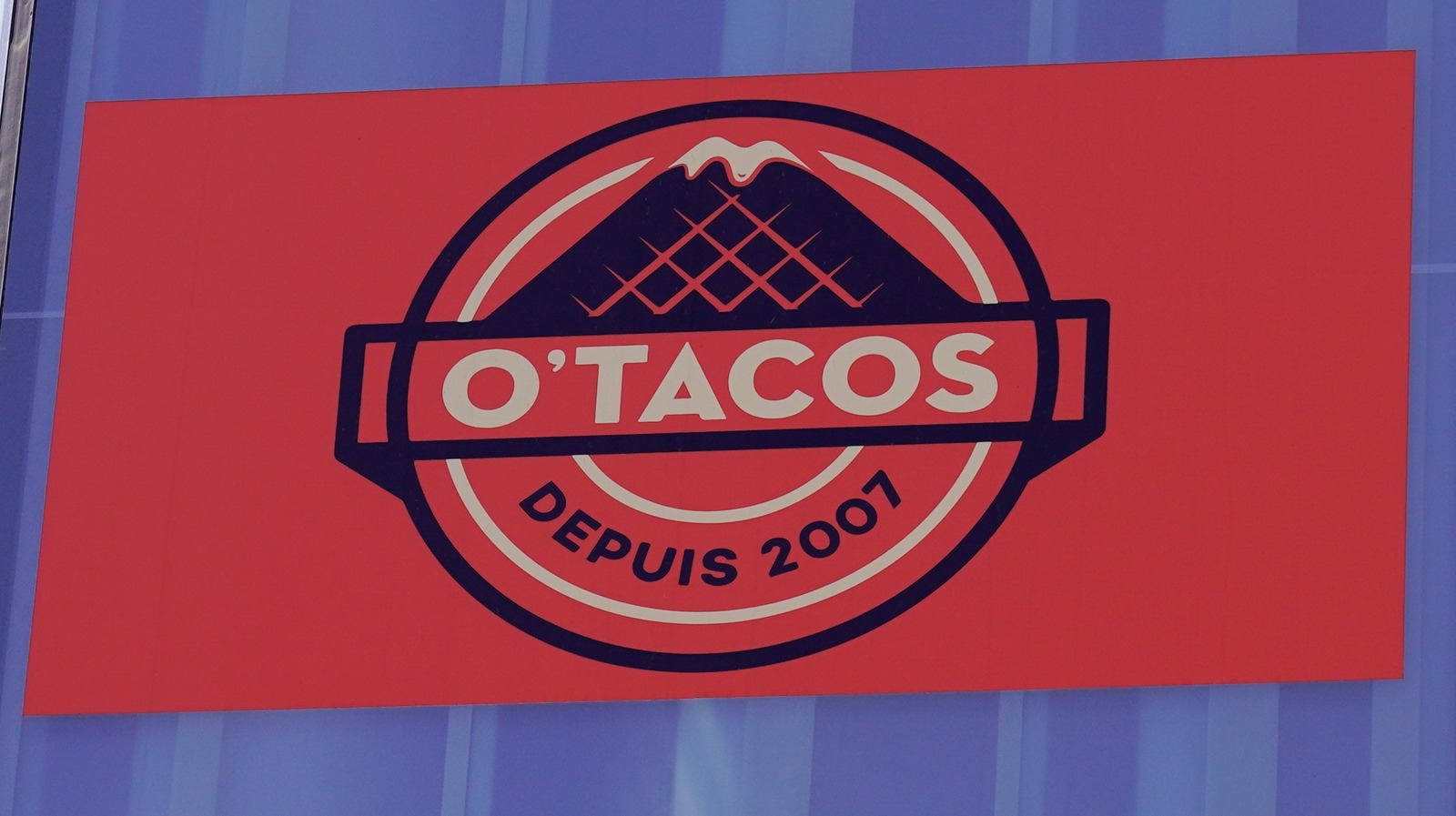I’ve always been told that I have a fast metabolism. I stay thin no matter what I eat; it’s only in the past few years, as I’ve entered my mid-thirties, that I’ve experienced growing horizontally. I play squash a few times a week, run with a friend on Thursdays, and walk the dog. Otherwise I spend whole days at the computer, then sedentary on the couch, then asleep. And yet I stay lanky and get “hangry” easily; in the afternoons, after a hearty breakfast and two helpings at lunch, I go looking for another meal. I sometimes wake up hungry in the middle of the night. Where’s all the food going?
Our bodies require a lot of calories, and most of them are spent just keeping the machine running. You don’t particularly feel your liver, but sure enough it’s always there, liver-ing; likewise your kidneys, skin, gut, lungs, and bones. Our brains are major energy hogs, consuming around a fifth of our calorie intake despite accounting for just a fiftieth of our body weight on average. Possibly mine is less efficient than yours: I have an anxious cast of mind—I ruminate—and maybe this is like running in place. I sometimes feel sluggish while writing, after working a paragraph over in my head, and I used to assume that this meant I needed caffeine. Eventually, I discovered that a sandwich worked better. The effort of thinking had run my calories low, and it was time to throw another log on the fire.
Fire isn’t merely a metaphor for metabolism. In the eighteenth century, the French chemist Antoine-Laurent de Lavoisier conducted a series of ingenious experiments to prove that our life force was fire. First, he figured out what air was made of; he then, through precise measurements, showed that fire removed oxygen from the air and deposited it in the form of rust. Later, he made a device in which packed ice surrounded a compartment that could be filled with either a lighted flame or a small animal; by measuring how much ice melted, he could relate the energy burned by the flame to that “burned” by the creature. He even created a “respirometer,” an apparatus of tubes and gauges that measured a person’s precise oxygen consumption as they took on various tasks. He concluded that “respiration is nothing but a slow combustion of carbon and hydrogen, similar in all respects to that of a lamp or a lighted candle.” Both flames and living beings exchange energy and gases in what’s known as a combustion reaction. In fire, this reaction runs fast and out of control: energy is ripped from fuel with violent abandon, and nearly all of it is released immediately, as light and heat. But life is more methodical. Cells pluck energy from their fuel with exquisite control, directing every last drop toward their own minute purposes. Almost nothing is wasted.
Clearing up how exactly this is accomplished took another several hundred years. The breakthrough came in the nineteen-thirties, when a brilliant Hungarian chemist named Albert Szent-Györgyi made a study of pigeons’ breast muscle. The muscle, which was strong enough to keep the birds in flight, turned out to be metabolically hyperactive even after it had been pulverized. Szent-Györgyi put some ground-up tissue in a dish, then made careful measurements of the gas and heat emitted as he introduced various chemicals. He found that certain acids increased the muscle’s rate of metabolism more than five-fold. Strangely, these acids weren’t themselves consumed in the reactions: Szent-Györgyi could take as much out of the dish as he’d put in. The acids, he realized, participated in a kind of chemical roundabout, speeding up, or catalyzing, metabolism even as they were constantly being broken down and rebuilt.
A few years later, a German biochemist named Hans Krebs described this chemical cycle more completely, and today it’s known as the Krebs cycle. You may dimly remember the Krebs cycle from high-school biology class—or perhaps you forgot it right after the test. For a long time, the Krebs cycle was a symbol of what I disliked about school—a perfect emblem of boredom and bewilderment. Sitting at desks arranged in rows, we were told the monstrous names of its component parts—succinate, pyruvate, Acetyl-CoA, cytochrome c—while, on the blackboard, we counted NAD+s and FADH2s, and followed “redox” reactions as they “oxidized” or “reduced” elements. I memorized the diagrams in the textbook—arrows, small fonts, tiny plus and minus signs—without ever really understanding what the cycle was for. I was hardly alone in my incomprehension. In the thirty-eight-year run of the modern “Jeopardy!,” the Krebs cycle has been asked about only six times. It has stumped all three players onstage twice.
It’s a shame that organic chemistry has such dread associations, when really there’s so much beauty in it. As the biochemist Nick Lane writes, in his book “Transformer: The Deep Chemistry of Life and Death,” the Krebs cycle is particularly magical—it’s the foundation not just of metabolism but of all complex life on earth. And it’s not really that hard to grasp. Nowadays, even those of us who skipped A.P. Bio are conversant with genes; thanks to the pandemic, we may even know what we’re talking about when we use words like “protein” and “mRNA.” Lane argues that our DNA literacy is actually a form of genetic chauvinism. The secret of life isn’t entirely written in our genes; it also has to do with how we pull energy out of the world—with our ongoing, lifelong slow burn. Understanding the Krebs cycle is worth it because it helps you better understand what it means to be alive.
It’s through the Krebs cycle that we get energy from the food we eat. To grasp how the cycle works, it’s useful to remember what food is made of. Like everything else in the universe, the stuff we eat is made of atoms. An atom is like a little solar system, with a nucleus at its center. Electrons orbit the nucleus like planets circling a sun. (Although actually, according to quantum mechanics, you can’t know exactly where an electron is at any moment—and so really this orbit is less of a fixed path than a sort of cloud of possible positions.) There might be one electron or several within any given atom; they orbit at certain typical distances, known to chemists as orbital shells. Only a finite number of electrons can occupy an orbital shell at any one time: two in the first shell, eight in the second, eighteen in the third, thirty-two in the fourth, and so on—a pattern that defines how the rows of the periodic table are laid out. All of chemistry depends on the fact that electrons that aren’t part of fully filled shells are less stable, especially as they get farther from the nucleus. It’s as if an electron is not meant to wander too far from home.
From time to time, something bumps into an atom. If it’s a photon—a particle of light—then energy from the collision knocks an atom’s electrons into orbits that are more distant from the nucleus. These “high-energy” electrons are like marbles poised on the lip of a bowl—they want to release their potential energy by rolling back down toward the center or, if another atom is near, by spilling over into its bowl. Which way they fall depends on the precise balance of instabilities in each atom—in other words, which has the shell most desperate to be filled. When an atom poised to give up an energetic electron gets close to a neighbor eager to take it, that electron rolls from the lip of one bowl down into the other. In falling, it releases energy. However abstract this may seem, it is the very essence of life. Photons careening from the sun bang into electrons in chlorophyll in plants; a series of chemical reactions transfers those energized electrons from one atom to the next, until eventually they are stored up inside the sugars or starches in fruits, stalks, and seeds.
On a molecular level, a potato isn’t so different from petroleum: it contains molecules rich in high-energy electrons. Through our metabolism, we hope to capture the energy possessed by those electrons in a manageable way. Szent-Györgyi is often credited with saying that life is nothing but an electron looking for a place to rest; the marbles roll downhill, and life makes use of their force. The difficulty is that the electrons with the most energy available don’t just present themselves for the taking. Food is complicated and full of different molecules, many of which contain raw materials that we recycle into the physical structures of our cells. Finding the atoms that are especially dense with energy inside our food is like sifting through a heap of wrecked cars to find the still-charged batteries.
A surprising amount of this sifting happens before we even swallow our food, as the saliva in our mouths breaks down its starches. (Try spitting in a cup of Jell-O pudding and see what happens.) We start to feel sated well before we digest, because our mouths tell our brains that energy is coming and that it’s safe to release some short-term stores. In the meantime, acids in the stomach and enzymes in the small intestine start processing what has arrived. By the time they’re through, the energy-rich molecules in food have had their most restless electrons reshuffled and packed into glucose, a simple sugar. Glucose is like a chemical shipping container. It is an ideal electron transporter, in part because it is high-capacity, conveniently shaped, and easily opened up. It’s also unusually soluble, which means that it travels well through the bloodstream. And it consists only of carbon, oxygen, and hydrogen atoms. The latter two types of atoms are highly reactive—there’s a reason why tanks of hydrogen and oxygen are marked “flammable”—and many unstable electrons circle each atom of carbon, eager to move into other molecules. Our brains, whose parts have especially unpredictable energy requirements—as neurons fire, they create spikes in demand—depend almost exclusively on glucose for energy. Hummingbirds, which have the fastest metabolism of any animal and no time to spare to fuel their wingbeats, similarly feed on a mixture of pure glucose and sucrose.
When glucose reaches our cells, it is—unlike a shipping container—dismantled systematically. A series of reactions strips its highest-energy electrons and uses them to form a small “carrier molecule” known as an NADH. If glucose is like a shipping container, then NADHs are like delivery trucks. The process of loading the electrons into the trucks is called glycolysis. It’s ancient; in fact, it’s how yeast cells harvest energy. When glycolysis occurs in the absence of oxygen, it is known as fermentation. If your muscles are pushed to their limit and there’s not enough oxygen in your bloodstream, your cells ferment glucose as a stopgap measure for energy production.
If there is oxygen involved, the breaking down of glucose becomes much more refined. Oxygen is so hungry for electrons—its outer shell needs only two more to get a complete set—that in effect it pulls them all the way through the Krebs cycle, which is the real powerhouse of our metabolism. The cycle itself is complex, with sequences of chemical formulas that seem purpose-built to traumatize students. But, essentially, glucose is broken in two, and its halves are fed into a series of reactions that strip them for parts; the backbones are then reused for another turn of the cycle. The main thing is that, along the way, energy-rich electrons are peeled off and loaded up onto yet more NADHs—far more than in glycolysis alone. Almost no energy is lost to heat; instead, it is preserved and transformed. Any electron that had a high orbit in glucose is likewise poised at its full potential in NADH.




















